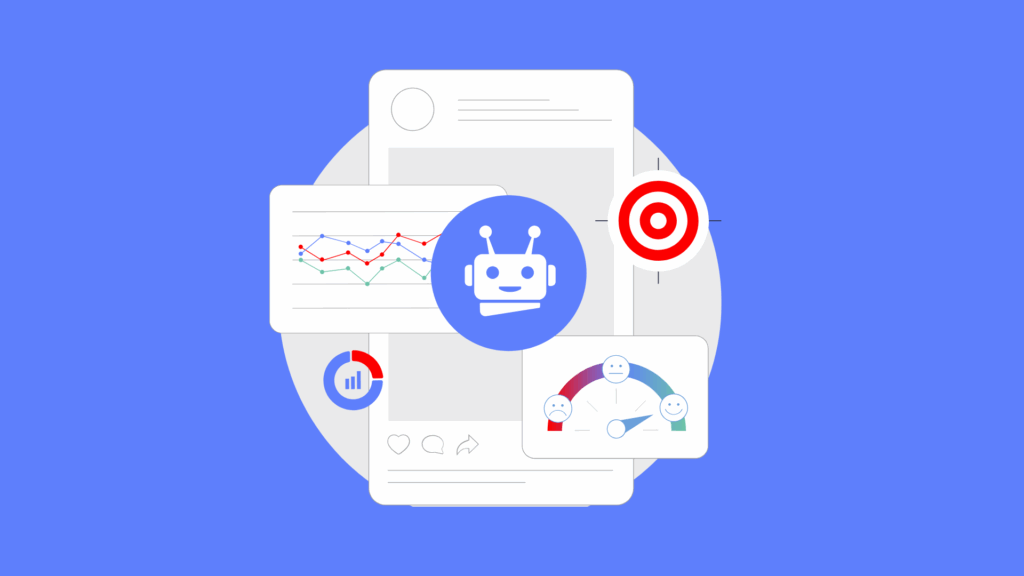Top 5 Things NOT to Do When Migrating from CPQ to RCA

Switching from Salesforce CPQ to RCA? Avoid common migration mistakes. Learn why rules, data models, integrations, and testing all matter in your RCA implementation.
How to Clean Up Tech Debt the Smart Way

Cleaning up tech debt doesn’t have to be chaos. Here’s how to start untangling your RevOps stack without killing team momentum.
Tech Debt in RevOps: What It Really Looks Like (And Why It’s Costing You)

Is your tech stack slowing you down? Learn what RevOps tech debt really is, how it hurts growth, and why cleaning it up early makes all the difference.
Lane Four Acquires NuAge Experts LLC, Expanding U.S. Presence and Salesforce Expertise

Strategic acquisition strengthens Lane Four’s capabilities across Salesforce clouds and verticals, welcoming its first U.S.-based team.
Who Owns What? Untangling Org Structure After M&A

You’ve merged logos, but what about your sales and marketing teams, customer success reps, and the RevOps folks caught in the middle?
ARR Reporting Isn’t Broken: It’s Just Not Built for Scale

ARR is there and working…until you’re jumping through hoops to find an accurate figure. We explore how growing revenue complexity breaks traditional reporting, and why scaling means changing how you track it. No more duct-taped reports. Scalable ARR starts with the right system moves, from quote structure to contract lifecycle, and this is how to get there.
What’s Really Driving Your ARR Inaccuracy And How to Stop It

Even with a CPQ tool in place, accurate ARR reporting can still be a struggle. If your ARR lives in a spreadsheet, you’re not alone, but that manual math is costing more than you think. Here’s why complexity creeps in and how to catch it before your spreadsheets take over.
Why Establishing Metrics Matters for AI in Salesforce

Learn how to define meaningful metrics when rolling out AI tools like Agentforce in your Salesforce org. Because when your AI’s success criteria are clear, smarter support follows.
Why Is M&A Such A Pivotal Moment for RevOps?

When companies merge, RevOps is often an afterthought. But if you’re chasing synergy, clarity, and actual growth, you can’t afford to leave them out of the picture.